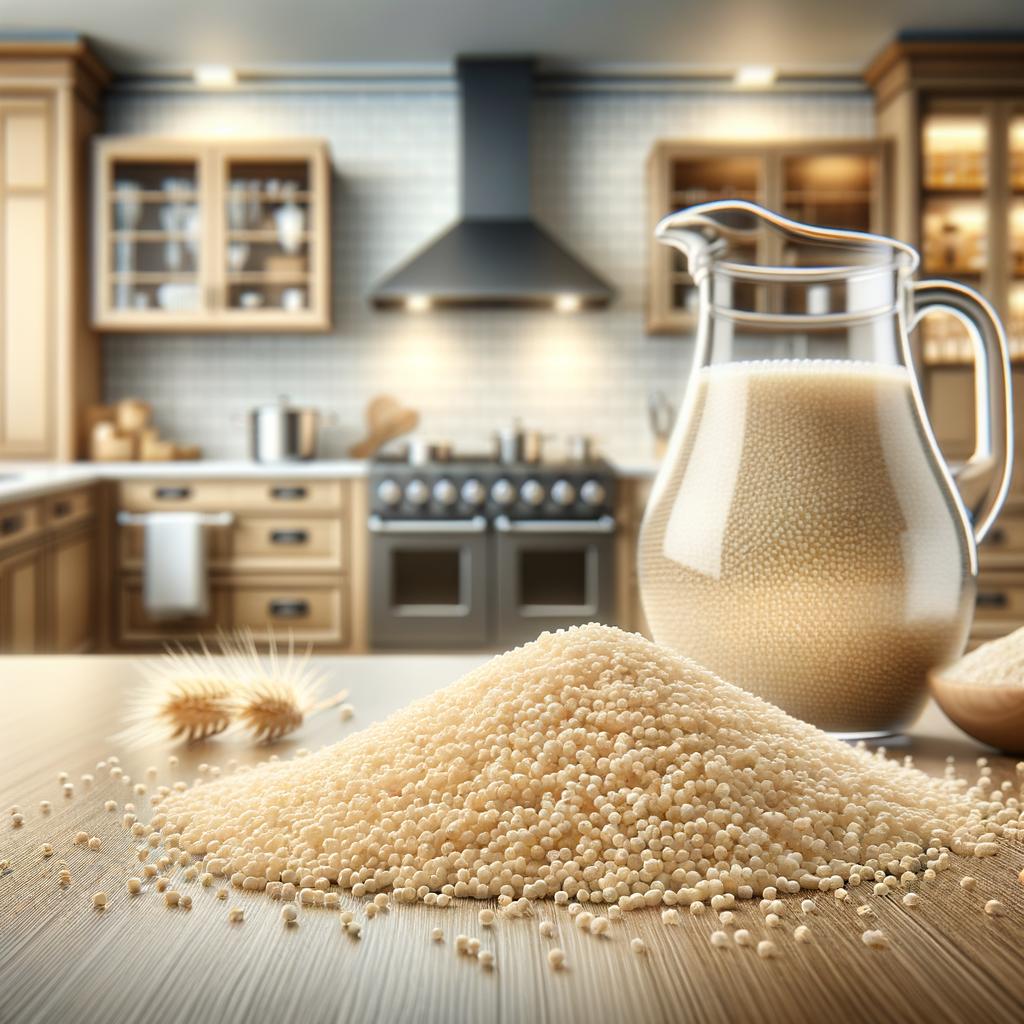Active Dry Yeast

Description
Active dry yeast, a tiny yet mighty ingredient, is a living organism that is dormant until it's awakened by warm water. It comes in the form of small, dehydrated granules, a light beige in color, and has a texture similar to that of coarse sand. The flavor profile of active dry yeast is distinctively earthy and slightly nutty, adding a depth of flavor to any dish it graces. What sets active dry yeast apart from similar ingredients is its ability to create leavening, the process that makes bread rise, giving us the fluffy, airy texture we all know and love.
Primary Uses
Active dry yeast is a cornerstone in the world of baking, particularly in bread-making. It's used in a plethora of cuisines, from the crusty French baguettes and Italian ciabatta to the soft, sweet Hawaiian rolls and hearty German pretzels. Beyond baking, it's also used in brewing beer, where it contributes to the fermentation process. In terms of non-culinary uses, active dry yeast is used in science education to demonstrate fermentation and cellular biology.
History
The history of yeast is as old as the history of bread itself, dating back to ancient Egypt around 3000 BC. It was likely discovered by accident when wild yeast spores in the air landed in a mixture of ground grains and water. Over time, yeast was cultivated and tamed, becoming a critical part of the culinary world. In the 19th century, Louis Pasteur discovered that yeast was a living organism, revolutionizing the world of baking. The invention of active dry yeast in the 20th century made baking more accessible to home cooks, as it had a longer shelf life than fresh yeast. There's a romantic notion to the fact that every loaf of bread we bake today is a continuation of an ancient tradition, thanks to this tiny ingredient.
Nutritional Information
Despite its small size, active dry yeast is packed with nutritional benefits. It is a rich source of B vitamins, including thiamine, folate, and niacin, which are essential for energy production and cognitive functions. It also provides minerals like zinc, magnesium, and iron. It's important to note that while yeast contributes to the nutritional profile of bread, the quantity consumed in a serving of bread is quite small. Compared to similar leavening agents like baking powder or baking soda, active dry yeast offers more nutritional benefits, as well as a unique flavor profile. However, individuals with certain health conditions, such as candida overgrowth, should limit their yeast consumption.
This humble granule, active dry yeast, carries with it the whispers of our ancestors' kitchens, connecting us to a rich culinary heritage while nourishing our bodies and delighting our palates.

